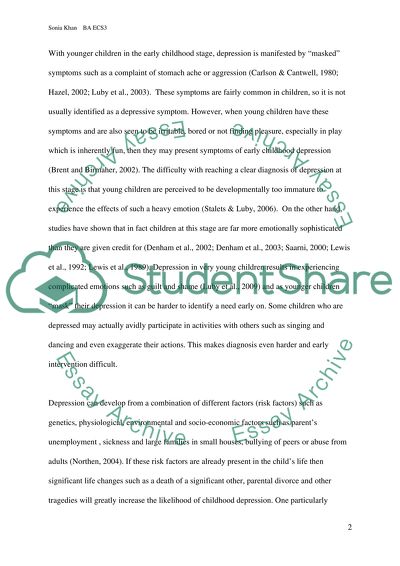Cite this document
(“Evaluation of a Current Child Health Issue Essay”, n.d.)
Retrieved from https://studentshare.org/education/1435965-evaluation-of-a-current-child-health-issue
Retrieved from https://studentshare.org/education/1435965-evaluation-of-a-current-child-health-issue
(Evaluation of a Current Child Health Issue Essay)
https://studentshare.org/education/1435965-evaluation-of-a-current-child-health-issue.
https://studentshare.org/education/1435965-evaluation-of-a-current-child-health-issue.
“Evaluation of a Current Child Health Issue Essay”, n.d. https://studentshare.org/education/1435965-evaluation-of-a-current-child-health-issue.


